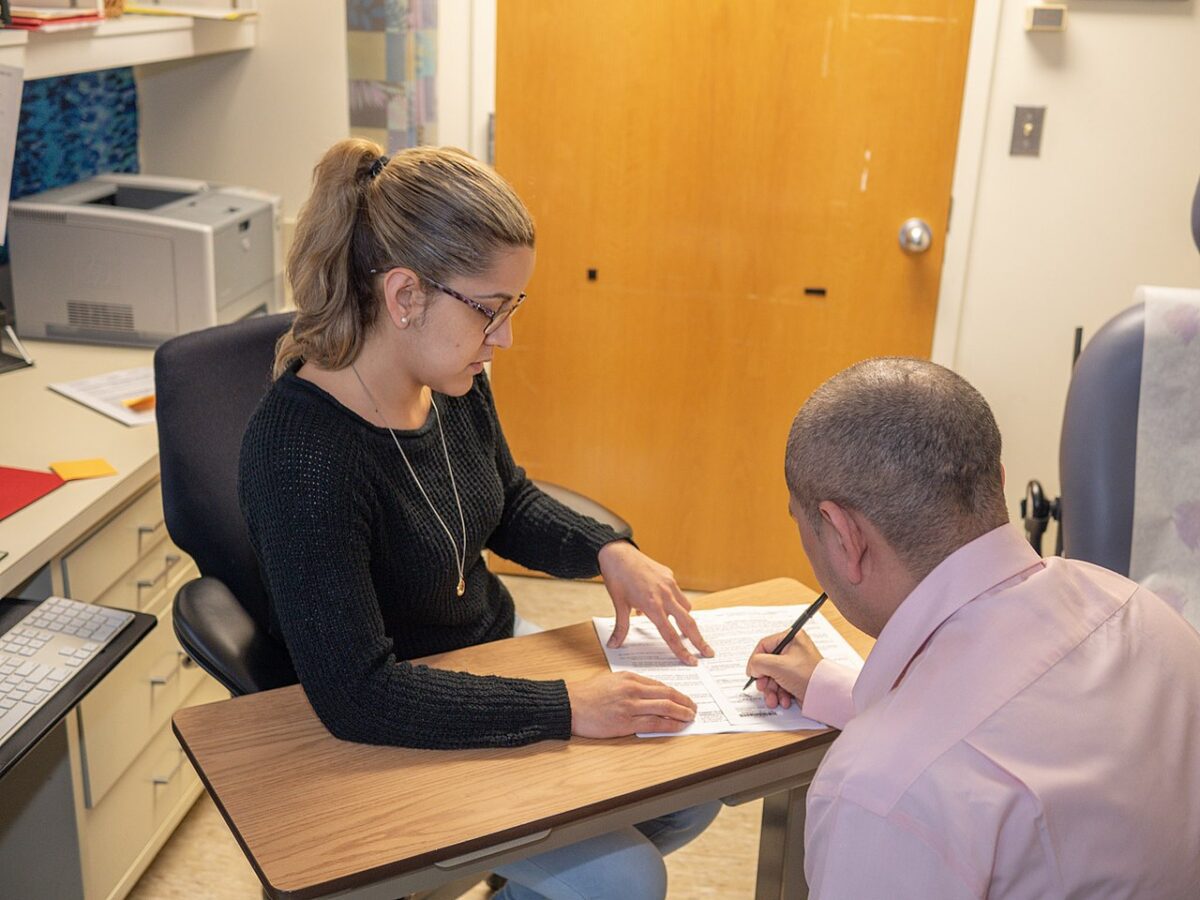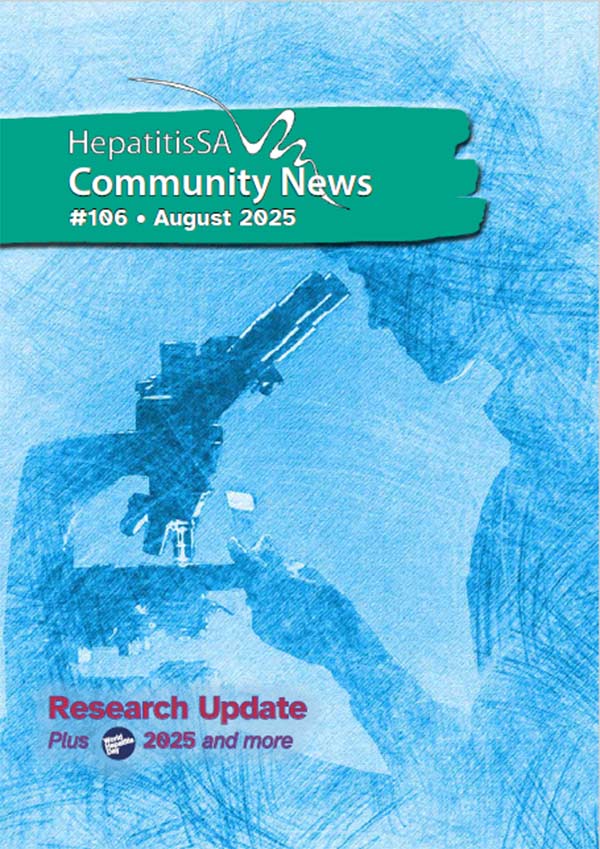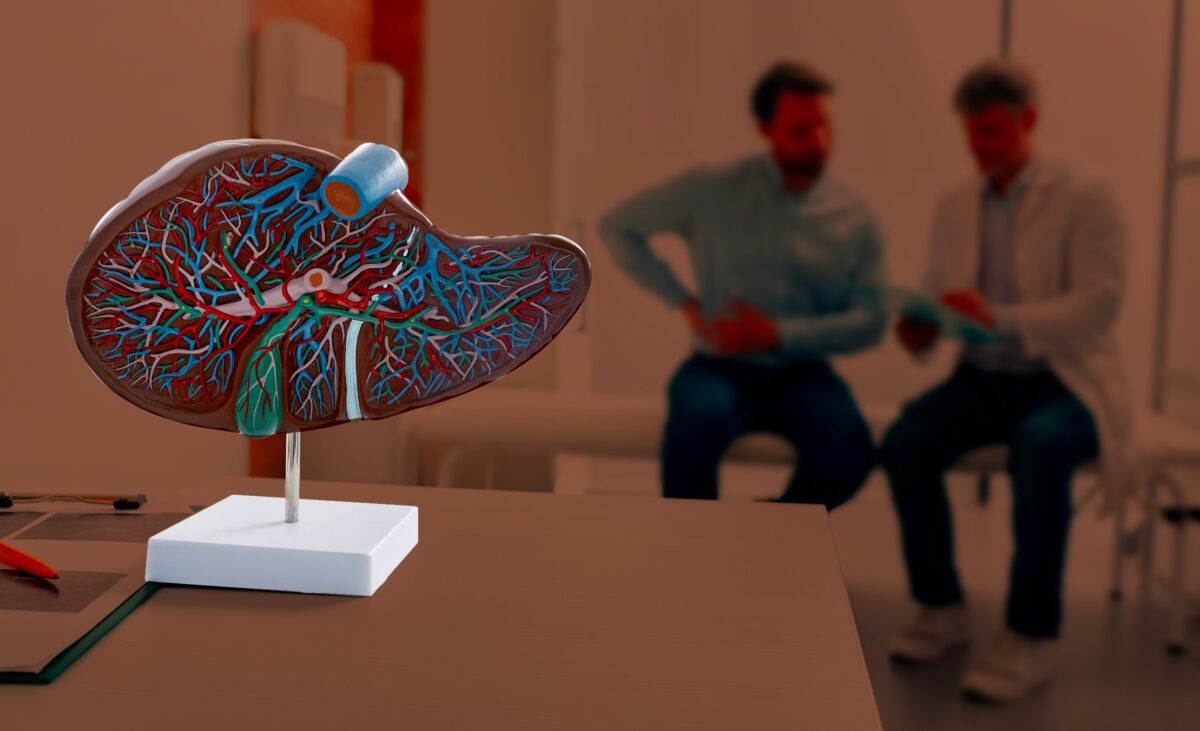Two different experimental hepatitis B virus (HBV) treatments have shown very different results in their phase 2 trials in recent weeks. One, while initially promising, has failed to show high levels of response, while another has demonstrated very promising preliminary results.
New medications go through three phases of clinical trials on humans.
- Phase 1: These are tests on whether a drug has harmful side-effects, and how much dosage is safe, and are usually conducted on up to 100 healthy people. They don’t test whether the medication actually works as a therapy.
- Phase 2: These are tests on whether a drug actually works, usually conducted on 100-300 people with the disease to be treated. They often also test which dosage is the most effective.
- Phase 3: These are tests, usually conducted in multiple locations with hundreds or thousands of people living with the disease to be treated. This allows the effectiveness, safety and dosage of the drug to be refined, and provides the information to doctors and consumers on how the drug is to be used safely.
This video from the US National Cancer Institute explains the phases of clinical trials further.
The bad news is that Vir Biotechnology’s ‘functional cure’ combination therapy for hepatitis B has failed to meet the company’s hoped-for targets in its phase 2 trial. After 24 weeks of therapy using the drugs tobevibart and elebsiran, the researchers found that only 17% of patients with HBV achieved undetectable surface antigens (a protein found on the surface of the hepatitis B virus, used to detect its presence in the body), and even when pegylated interferon was added, only 21% of patients responded.
Taking every factor into account, the researchers determined only 11% and 15% of patients, respectively, achieved a functional cure for hepatitis B. This is not negligible, but not effective enough to make a dramatic change to hepatitis B treatment.
One bright spot in the research was that the treatment combination did eliminate hepatitis D in all six patients who were living with both the hep B and D viruses (hepatitis D is a virus that can only infect those already living with hepatitis B).

More promising, however, is the drug AHB-137, developed by the pharmaceutical firm AusperBio. AHB-137 is intended to offer a functional cure by lowering the production of the proteins that HBV needs to replicate and infect cells. It belongs to a class of therapies called antisense oligonucleotides, which promote the destruction of specially target types messenger RNA, which are proteins used, in this case, by the hepatitis B virus to sustain and grow itself.
“[These tests] demonstrate AHB-137’s potential as a backbone in achieving a functional cure for chronic hepatitis B.”
Dr Guofeng Cheng, AusperBio CEO
In a just-completed phase 2 study in China, rapid reduction in hep B surface antigen was found in over 80% of participants. Even with those participants who had very high viral loads, almost half experienced this dramatic improvement. The effect was seen in patients who did a 12-week and also patients who did a 16-week course of treatment, with very little difference between the two groups.
There were also very few reported side-effects from the medication, boosting hopes that this could indeed be a new approach to hepatitis B treatment. “[These tests] demonstrate AHB-137’s potential as a backbone in achieving a functional cure for chronic hepatitis B,” said Dr Guofeng Cheng, AusperBio’s CEO.
Further AHB-137 phase 2 trials are now continuing to refine the treatment.
Last updated 3 September 2025
More from:
Enjoyed this article? Subscribe to be notified whenever we publish new stories.
Subscribe for Updates









